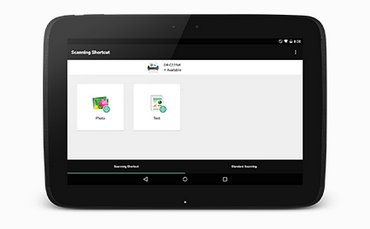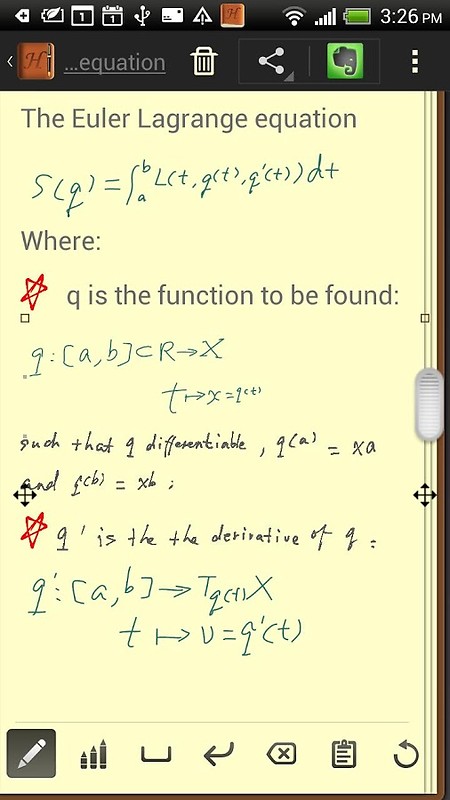
Free and handy screenshots Snipping Tool. Use the full screen or highlight a selection. Annotate, save, share, print and send by email. Use results in Word, Excel, Powerpoint and others. Mar 25, 2021 For Lite Touch deployments, it is common to have two deployment shares: one for creating the reference images and one for deployment. For Zero Touch, it is common to have only the deployment share for creating reference images because Configuration Manager deploys the image in the production environment. I have an issue with capturing an image of my VM. I have completely wiped and recreated my deploymentshare and created new task sequences to capture an image but the end result was the same. I can connect to the share and run scripts litetouch.vbs. The wizards proceeds as normal and the script starts the task sequence.
The main difference between Lite-Touch and Zero-Touch Deployment is that Lite Touch Deployment requires some user interaction while Zero Touch Deployment does not require any user interaction.

Microsoft Deployment Toolkit (MDT) is a computer program that supports network deployment of Microsoft Windows and Microsoft Office. It provides tools, processes, and, guidance for automating desktop and server deployments. MDT allows three deployment types. Two of them are Lite Touch Installation and Zero Touch Installation.
Key Areas Covered
1. What is Lite-Touch Deployment
– Definition, Functionality
2. What is Zero-Touch Deployment
– Definition, Functionality
3. What is the Difference Between Lite-Touch and Zero-Touch Deployment
– Comparison of Key Differences
Key Terms
Lite-Touch Deployment, MDT, Zero-Touch Deployment
What is Lite-Touch Deployment
Lite Touch Deployment requires some user interaction. Since it requires minimum infrastructure, it can be installed from a network share or media using an optical disc or USB flash drive. Moreover, for deploying the operating system and applications, it is necessary to follow software and computer configuration prerequisites according to the Microsoft quick start guide.
Furthermore, the major steps in Lite Touch deployment are as follows.
- Obtain the required software
(MDT 2013, Windows ADK for Windows 8.1, Windows 8.1 distribution files, Device drivers required for the target computer, WDG-CLI-01, Device drivers required for the reference computer, WDG-REF-01)
- Prepare the MDT environment
- Configure MDT to create the reference computer
- Deploy Windows 1 and capture an image of the reference computer
- Configure MDT to deploy Windows 8.1 to the target computer
- Deploy the captured image of the reference computer to the target computer.
What is Zero-Touch Deployment
Zero Touch Deployment is a fully automated deployment scheme. Therefore, this installation does not require any user interaction. However, it requires a continuous network connection to the distribution point.
Zero Touch Deployment requires installation using Configuration Manager of various software such as Windows Server 2008 R2, Microsoft SQL Server 2008 R2, SQL Server 2008 R2 Service Pack 1 (SP1), SQL Server 2008 R2 SP1 Cumulative Update 6 (CU6), Windows 8.1, System Center 2012 R2 Configuration Manager, Microsoft .NET Framework version 3.5 with SP1, Windows PowerShell version 2.0, Windows Pre installation Environment (Windows PE), which is included in Configuration Manager, Networking services, including Domain Name System (DNS) and Dynamic Host Configuration Protocol (DHCP), and Active Directory Domain Services (AD DS).
The major steps in Zero Touch Deployment are as follows.
- Prepare prerequisite infrastructure
- Prepare the MDT environment
- Create and configure a task sequence to create a reference computer
- Deploy Windows 1 and Capture an image of the reference computer
- Create and configure a task sequence to deploy the target computer
- Deploy the captured image of the reference computer to the target computer
In addition to the above deployment types, there is another called User Driven Deployment. It requires manual intervention to respond to installation prompts such as passwords, machine names, language setting, etc. The Zero touch and User Driven types require the support of Microsoft System Center infrastructure.
Difference Between Lite-Touch and Zero-Touch Deployment
Touch Lite Ipod
Definition
Lite Touch deployment is a type of deployment that provides technology for deploying Windows OS and Microsoft Office and requires minimum user interaction while Zero Touch deployment is a fully automated deployment scheme that provides technology for deploying Windows OS and Microsoft Office. Thus, this is the main difference between Lite-Touch and Zero-Touch Deployment.
User Interaction
Another difference between Lite-Touch and Zero-Touch Deployment is that the Lite Touch deployment requires a limited user interaction while Zero Touch deployment does not require user interaction.
Infrastructure
Furthermore, Lite Touch requires minimum infrastructure while Zero Touch Deployment requires a persistent network connection.
Conclusion
MDT provides technologies to deploy Windows Operating systems and Microsoft Office. Two such deployments types are Lite Touch and Zero Touch deployment. The main difference between Lite-Touch and Zero-Touch Deployment is that Lite Touch Deployment requires some user interaction while Zero Touch Deployment does not require any user interaction.
Reference:
1. “Microsoft Deployment Toolkit.” Wikipedia, Wikimedia Foundation, 24 Jan. 2018, Available here.
2. “Quick Start – Lite Touch Installation – Microsoft Deployment Toolkit.” Microsoft Docs, Available here.
3. “Quick Start – System Center 2012 R2 Configuration Manager – Microsoft Deployment Toolkit.” Microsoft Docs, Available here.
Capture On Touch Lite Download
Image Courtesy:
Canon Capture On Touch Lite
1. “Microsoft logo – 2012 (vertical)” By Microsoft Corporation – Logopedia (Public Domain) via Commons Wikimedia
Comments are closed.